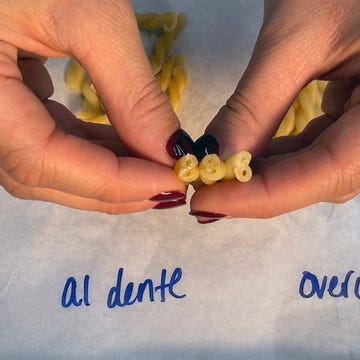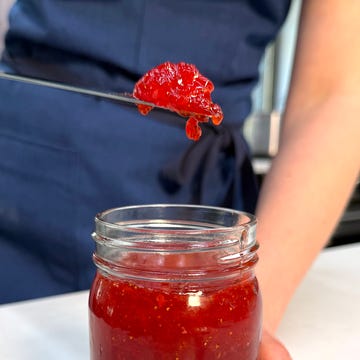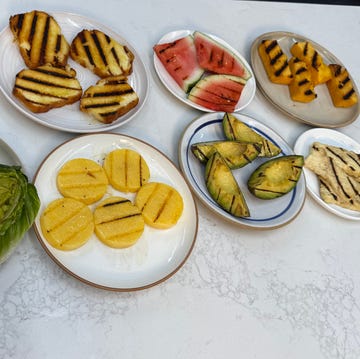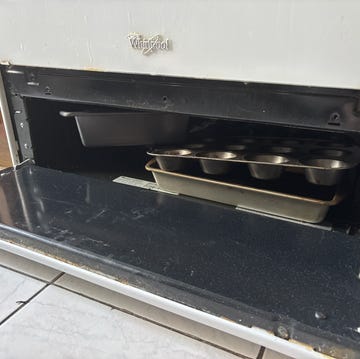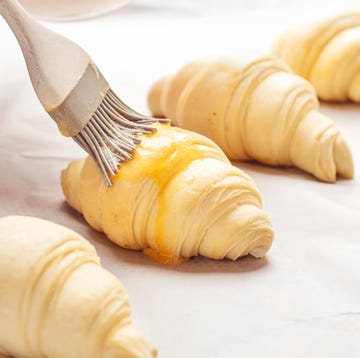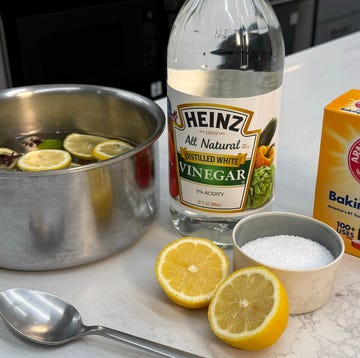Even though I’m fairly knowledgeable when it comes to wine, I’m far from what people would consider to be a snob. I don’t discriminate when someone’s opening a basic bottle at a party. There’s no need for me to be picky about food pairings. I’m even open to drinking wine out of a box. But there’s one hill I’m prepared to die on: I hate cooking wine.
If you’ve ever walked down the salad dressing aisle of your grocery store, you know what I’m talking about. The screw-top glass bottle looks more like vinegar than actual wine that you’d drink—because it isn’t. Products sold as “cooking wine” specify that you shouldn’t drink them directly on the label.
Why, you may ask? Because there’s so much added salt that it’s effectively undrinkable. Government regulations stipulate that cooking wines contain no less than 1.5% salt in order to be sold on supermarket shelves. But that's not nothing! Look at it this way: let’s say you’re making our chicken piccata recipe for dinner. If you use cooking wine for the ½ c. of white wine listed in the instructions, you’re adding over 700 mg of extra sodium to your meal—that’s about a third of the daily recommended amount.
Even if we’re not considering the nutritional implications of cooking wine, it also just tastes gross. Producers usually aren’t starting with good quality wine in the first place. On top of that, they cut it with sugar and plenty of preservatives. It objectively makes your food taste worse; I’d rather not cook with wine at all than reach for a bottle of cooking wine. There is one notable exception: rice-based cooking wines, like mirin and Shaoxing wine, add significant depth of flavor to dumplings, stir-fries, and sauces. But any cooking wine made with grapes is going nowhere near my kitchen.
In an ideal world, you should use a bottle of normal wine when a recipe calls for it. Aim for something good enough to drink, but affordable enough to use in your cooking (we’re not talking Rothschild here). A bonus: you can enjoy the remaining wine with dinner. But if you don’t plan on finishing the bottle right away, you can freeze any leftovers in an ice cube tray to use for future cooking projects.
Another great substitute is vermouth, which is a category of fortified wines used in cocktails like martinis and Negronis. It’s similar to cooking wine in the sense that it’s supplemented with distilled spirits to preserve it—but there’s no added salt, and the wine base is of a much higher quality. An open bottle of vermouth can sit in your fridge for up to a month. It’s the perfect solution if you only need a splash of wine in a recipe and don’t want to commit to an entire bottle. And the best part: you don't have to subject yourself to cooking wine.

